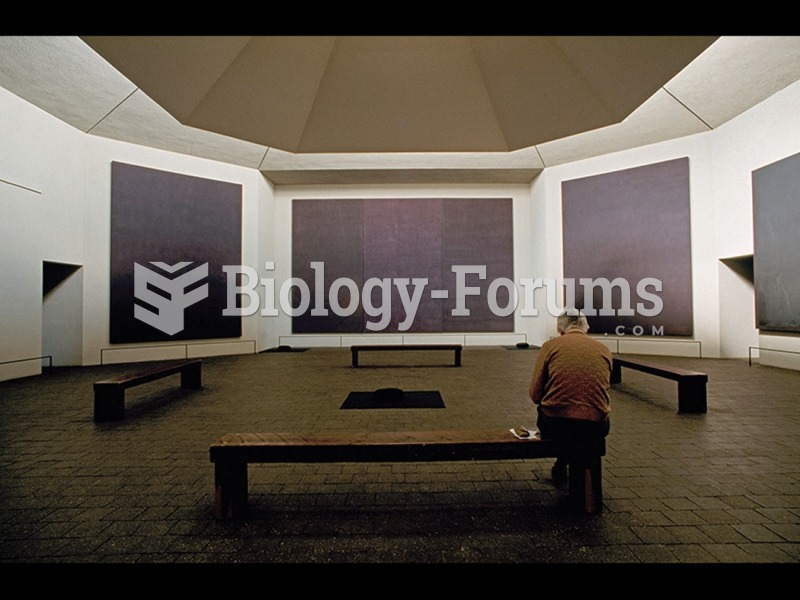|
|
|
Did you know?
People about to have surgery must tell their health care providers about all supplements they take.
Did you know?
Patients who cannot swallow may receive nutrition via a parenteral route—usually, a catheter is inserted through the chest into a large vein going into the heart.
Did you know?
Illicit drug use costs the United States approximately $181 billion every year.
Did you know?
As many as 28% of hospitalized patients requiring mechanical ventilators to help them breathe (for more than 48 hours) will develop ventilator-associated pneumonia. Current therapy involves intravenous antibiotics, but new antibiotics that can be inhaled (and more directly treat the infection) are being developed.
Did you know?
Approximately 500,000 babies are born each year in the United States to teenage mothers.







